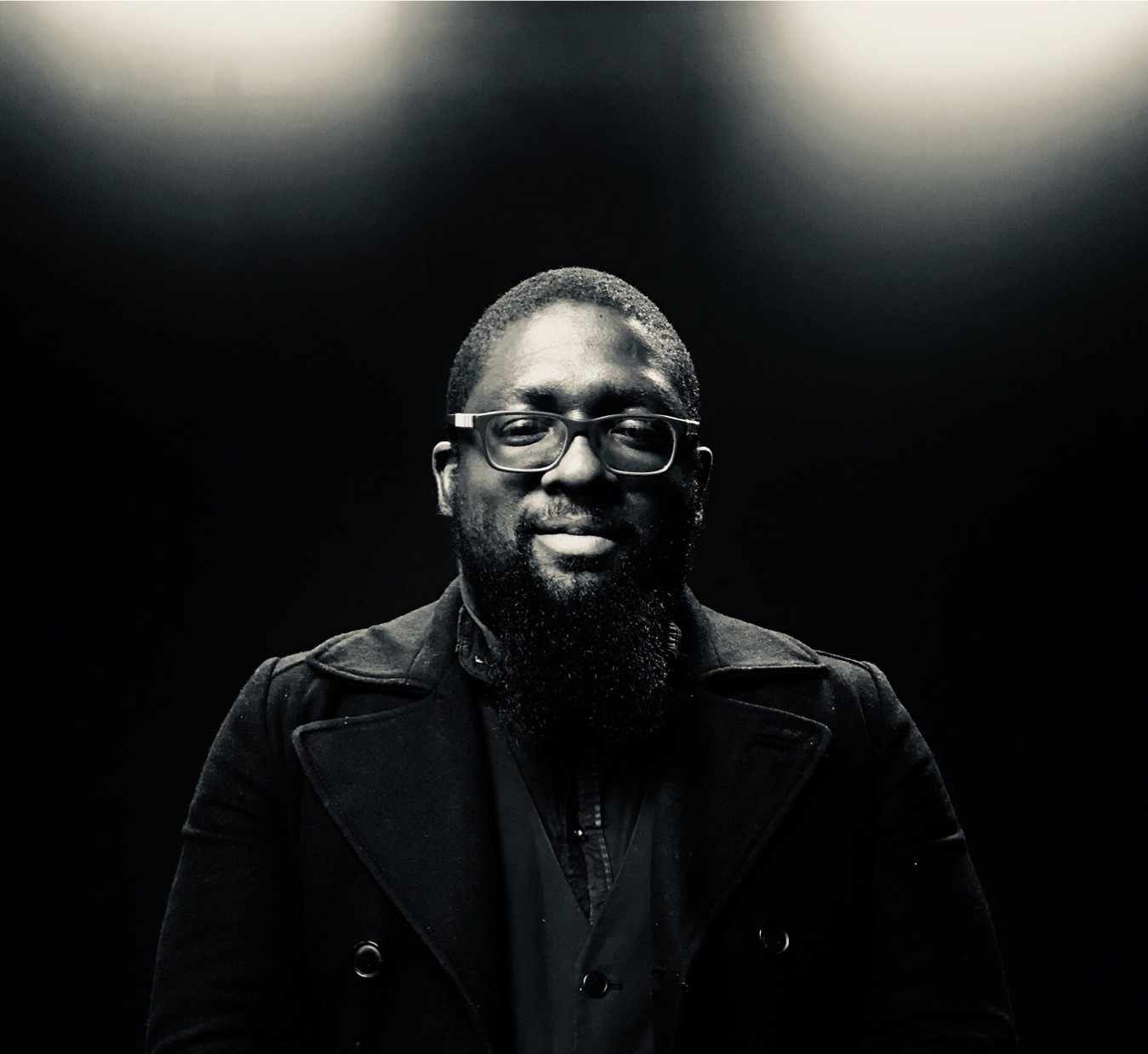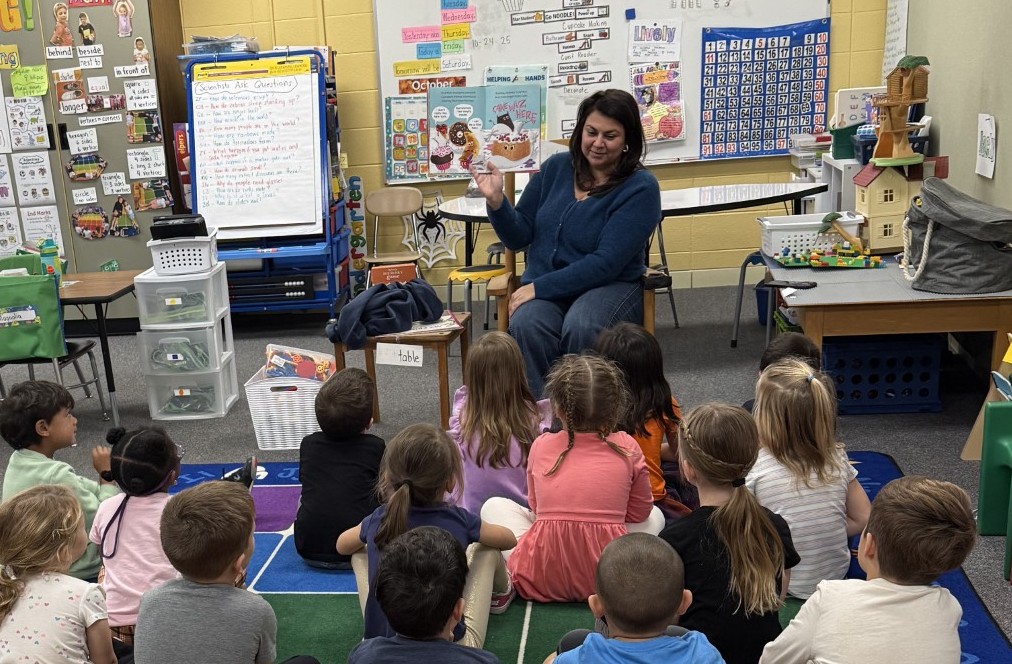Connecting Teachers Globally to Enhance Teaching Everywhere
Tech & Learning Innovative Leader Award winner Jacqueline Gardy shares her vision and implementation of a system that connects teachers around the world to create an inclusive and enhanced learning and teaching environment.

Inclusion is a big topic when it comes to education. Inclusion when referencing educators, however, might not be as strongly discussed as it should be.
A virtual classroom for teachers around the world to work together to create something more for their students was a difficult project to undertake, but in the right hands, it was not only made possible, but also made to flourish. Fortunately, Jacqueline Gardy was the right person for the task.
Gardy is Global Program Officer at the U.S. Department of State in Washington, DC, for the Bureau of Educational and Cultural Affairs in the Office of English Language Programs. She was recently honored by Tech & Learning during a recent Regional Leadership Summit with an Innovative Leader Award for Best Example of Virtual Learning.
Content for Comics in the Classroom
The concept for this collaborative pilot project involved gathering multiple teachers from around the world to help develop curriculum for use in the classroom. It just so happened that this curriculum was focused on using comics. Gardy explains how the idea started to come together.
“My supervisor gave me the greenlight to set up a pilot virtual exchange program with a limited budget,” she says. “I worked with five consultants, who helped me develop the curriculum and launch it. We used a combination of Google Docs, a Google YouTube channel, and Slack (free version). We made an Adobe Spark page as a homepage. So we did everything with a low budget in mind. We decided we wanted 40 teachers from all over the world to work with us synchronously online to develop content for comics in the classroom.”
Providing this new type of curriculum to teachers from all over the world helps to diversify their educational outlook and their teaching methods. Using comics as a tool for teaching is a novel approach to education, and the visual aspect also helps when connecting with teachers of varying backgrounds.
Since the pilot,16 other virtual exchanges have been developed with the administration aid under the English Access Scholarship cooperative agreement with FHI-360 and delivered by a variety of nonprofits and universities. The topics have been on Climate Action (with World Learning and Take Action Global), Global Perspectives in the Classroom (Azusa Pacific University), Global Citizenship in the English Language Classroom (UMASS Lowell), Business and Entrepreneurship in the English Language Classroom (Georgetown University), Differentiation for the Contemporary English Classroom (United Planet), Building Blocks for Service Learning (World Learning), Civil Communication with a focus on Computer-Mediated Instruction (Azusa Pacific University), Developing Digital Citizenship (Azusa Pacific University and iEARN-USA), New Literacies and 21st Century Skills in the English Language Classroom (iEARN-USA), Embedding Life and Career Skills in the English Language Classroom (World Learning), Future-Forward Teaching in the English Language Classroom (Take Action Global), and Power Skills in the English Language Classroom (UMASS Lowell).
How to Keep Teachers Engaged and Connected
Creating the program with everyday tools helped to keep the project within a recognizable scope, regardless of who was using the program, Gardy says. But a main obstacle was keeping teachers involved in the program given their locations and accessibility. Having the program come to fruition during the beginning of the pandemic was coincidental, but it also helped when teachers were switching to an online format en masse.
“Our launch date [for the program] was March 15, 2020, and that was right when the pandemic started, right as everything shut down,” Gardy says. “It just happened to be a blessing in disguise because suddenly teachers are no longer doing their full time teaching. They had a lot of time to learn tech skills and interact with people.”
Connecting at the beginning of the pandemic also led to teachers around the world realizing how similar their COVID experiences were, leading to a ready-built rapport that served as the foundation for expanding the program.
“It ended up being a conversation group once a week where we would all talk about our COVID experiences, while we were experiencing it all over the world,” Gardy says. “What was striking was how similar all of our experiences were even though you wouldn’t think any of us would have anything in common. That laid the groundwork for more virtual exchanges.”
This project led to a foundational understanding between teachers, no matter where they were located on the map. Their experiences during the pandemic and in teaching were similar if not exactly the same.
Putting It All Together
Operating an online program in a synchronous manner comes with its own challenges, such as catering to teachers living in different time zones and countries. But Gardy says that having teachers in different parts of the world makes for a more diverse grouping.
“There are usually 40 teachers per exchange, and then we divide them out by four facilitators,” she says. “So the pods were 10 teachers per facilitator. We usually set the pods up using timeline groups along the latitudinal lines to create participant diversity, with no more than three hours apart.”
Once the groups are made, a combination of synchronous and asynchronous interactions helps the teacher pods enhance their knowledge on particular topics.
“We introduce all the information at the beginning of the week, and then we have lots of different interactions that are either synchronous or asynchronous, either in discussion boards or in Zoom calls,” Gardy says. “Then we have these reflect and apply sections where they reflect on what they’ve learned and try to apply it in their classrooms immediately and/or to their final lesson plan. They have to attend 70% of the synchronous events. If they can’t attend the synchronous events, they can watch the recording and fill out an exit ticket to show they have participated.”
Gardy’s efforts demonstrate a method of global citizenship that helps educators reach out and collaborate with teachers across the globe. This endeavor makes education more accessible to teachers everywhere while empowering them to make education more accessible to their students as well.
Tools and ideas to transform education. Sign up below.

Michael Millington is a senior staff writer for Tech & Learning. A writer and editor with over a decade of experience, his focus on bringing actionable information to those in need is the driving force behind his work. When not researching new advancements in technology, Michael likes to practice his Italian and train his dog Cyril.
